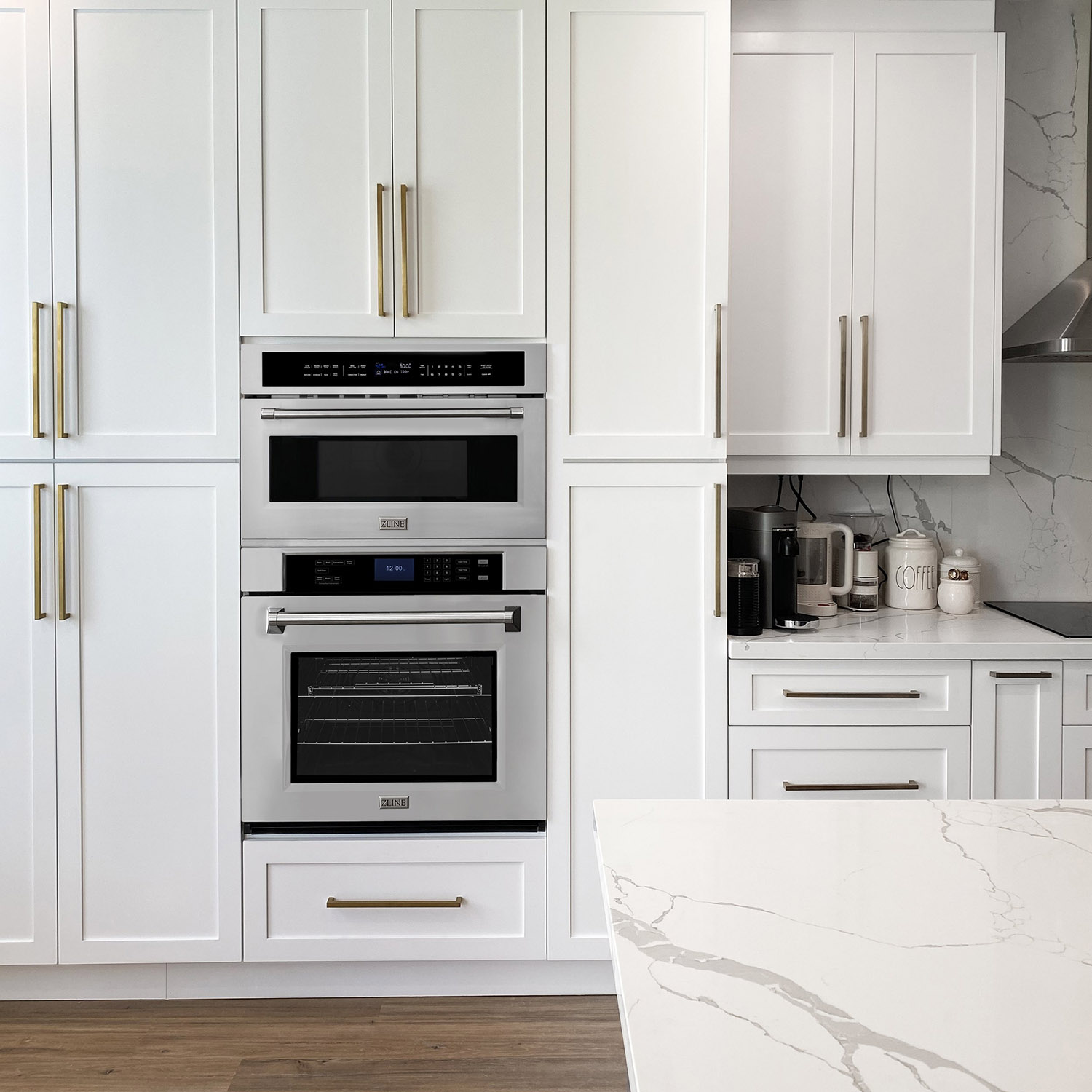

Articles
How Do Wall Ovens Vent
Modified: February 29, 2024
Learn how wall ovens vent and ensure proper ventilation for your kitchen. Discover expert articles on wall oven ventilation and installation tips.
(Many of the links in this article redirect to a specific reviewed product. Your purchase of these products through affiliate links helps to generate commission for Storables.com, at no extra cost. Learn more)
Introduction
Wall ovens have become a popular choice for homeowners and chefs alike due to their sleek design and versatility. A wall oven is a standalone appliance that is installed directly into a wall or cabinetry, offering a convenient way to cook and bake without taking up valuable counter space. However, one important aspect to consider when installing a wall oven is its venting system.
Venting plays a crucial role in the performance and safety of a wall oven. It helps to remove smoke, odors, and excess heat generated during cooking, ensuring a comfortable cooking environment. Without proper venting, these byproducts can accumulate and affect the overall cooking experience.
In this article, we will delve into the world of wall ovens and explore the different types of venting systems available. We will also discuss the factors to consider when choosing a venting system for your wall oven and the benefits of proper venting.
Whether you’re a seasoned chef or a casual home cook, understanding how wall ovens vent is essential to ensure optimal cooking conditions and a pleasant kitchen environment. So, let’s dive in and explore the world of wall oven venting systems!
Key Takeaways:
- Proper venting in wall ovens is crucial for a comfortable and efficient cooking environment, helping to control odors, remove smoke and vapor, dissipate heat, and increase energy efficiency.
- When choosing a venting system for your wall oven, consider factors such as kitchen layout, venting requirements, installation ease and cost, ventilation efficiency, maintenance requirements, noise level, aesthetics, and local building codes.
Read more: How Long Do Wall Ovens Last
Understanding Wall Ovens
Before we dive into the specifics of wall oven venting, it’s essential to have a basic understanding of what a wall oven is. A wall oven is a standalone cooking appliance that is installed directly into a wall or cabinetry, rather than sitting on the floor like a traditional range or cooktop.
Wall ovens come in various sizes and configurations to accommodate different cooking needs. They can be single ovens or double ovens, which consist of two separate oven compartments stacked vertically. Some models even offer a combination of a regular oven and a microwave, providing added convenience and versatility.
One advantage of wall ovens is their versatility in placement. They can be installed at an ergonomic height, making it easier to access and monitor food while cooking. This eliminates the need for bending or reaching over a hot cooktop, thereby reducing the risk of burns or accidents.
When it comes to cooking performance, wall ovens are designed to provide consistent heat distribution, resulting in even cooking and baking. They often feature advanced technologies, such as convection or steam cooking, to enhance the cooking experience and achieve professional-quality results.
Now that we have a better understanding of what wall ovens are, let’s explore the importance of venting in these appliances and how it contributes to a safe and efficient cooking environment.
Venting in Wall Ovens
Venting is a crucial component of wall ovens as it helps to remove smoke, odors, and excess heat that is generated during the cooking process. Without proper ventilation, these byproducts can linger in the kitchen, causing discomfort and affecting the overall cooking experience.
Wall ovens are equipped with a venting system that allows for the expulsion of hot air and the intake of fresh air. The venting system helps to maintain a balanced airflow within the oven, preventing the buildup of steam, condensation, and cooking odors.
The location of the venting system in a wall oven can vary depending on the model and design. It is typically located at the top or back of the oven cavity to ensure effective ventilation. When the oven is in use, the venting system works to draw in fresh air from the surrounding environment while expelling hot air and byproducts out of the oven.
Proper venting not only enhances the cooking experience but also plays a crucial role in the safety of the appliance. Without adequate ventilation, the heat generated during cooking can accumulate in the oven, potentially causing the appliance to overheat and malfunction. Ventilation allows for proper heat dissipation, reducing the risk of damage to the appliance and prolonging its lifespan.
Additionally, efficient venting helps to prevent the release of harmful fumes and gases that can occur during the cooking process. This is particularly important when cooking dishes that involve high-temperature methods such as broiling or self-cleaning. Venting ensures that any smoke or odors produced during these cooking methods are effectively removed from the kitchen, creating a cleaner and healthier cooking environment.
Now that we understand the importance of venting in wall ovens, let’s explore the different types of venting systems that are commonly found in these appliances.
Types of Venting Systems
There are two main types of venting systems commonly found in wall ovens: recirculating venting and external venting. Each system operates differently and offers its own set of advantages and considerations.
1. Recirculating Venting System: A recirculating venting system, also known as a ductless venting system, operates by capturing cooking byproducts, such as smoke and odors, through a filter. The captured air is then cleansed by the filter and recirculated back into the kitchen. This system is often used in situations where it is not feasible to install external ventilation, such as in apartments or homes without accessible exterior walls.
Recirculating venting systems are relatively easy to install and do not require any additional ductwork. However, it’s important to note that while these systems can eliminate some odors and airborne particles, they are less effective at removing heat and moisture from the kitchen. Additionally, the filters in recirculating systems require regular cleaning or replacement to ensure optimal performance.
2. External Venting System: An external venting system, also known as a ducted venting system, works by expelling cooking byproducts to the outside of the house through a series of ductwork. This system is typically more efficient at removing heat, moisture, smoke, and odors from the kitchen, as it directs them directly outside.
Installing an external venting system requires access to an exterior wall or the possibility of routing the ducts through the ceiling or floor to vent to the outside. It is important to ensure that the ductwork is properly sized and insulated to maintain efficient airflow and prevent condensation or heat loss.
External venting systems are generally considered more effective in maintaining a clean and comfortable kitchen environment. However, the installation process can be more complex and may require professional assistance, especially if modifications to the home’s structure are necessary.
Before choosing a venting system for your wall oven, consider the layout of your kitchen, the available venting options, and your specific needs and preferences.
Now that we have explored the different types of venting systems, let’s move on to the factors you should consider when selecting a venting system for your wall oven.
Recirculating Venting System
A recirculating venting system, also known as a ductless venting system, is a common type of venting system used in wall ovens, especially in situations where external venting is not feasible. This system operates by capturing cooking byproducts, such as smoke and odors, through a filter, and then recirculating the cleansed air back into the kitchen.
The recirculating venting system consists of several key components. First, there is the vent hood, which is installed above the wall oven. The vent hood is equipped with a fan or blower that helps to draw in air from the oven cavity. The captured air is then guided through a series of filters designed to trap grease, smoke, and other particles. These filters are typically made of charcoal or activated carbon, which effectively absorb and neutralize odors.
One of the advantages of a recirculating venting system is its ease of installation. Unlike external venting systems, which require ductwork to be routed to the exterior of the house, a recirculating system does not require any additional ducting. This makes it a suitable option for apartments or homes without accessible exterior walls.
However, it’s important to note that while a recirculating venting system can effectively eliminate some odors and airborne particles, it is less effective at removing heat and moisture from the kitchen. This can result in a less comfortable cooking environment, especially when cooking for extended periods or using high-temperature cooking methods.
It’s also worth mentioning that the filters in a recirculating venting system require regular cleaning or replacement to maintain optimal performance. Over time, the filters can become saturated with grease and grime, reducing their efficiency. Check the manufacturer’s guidelines for filter maintenance and replacement intervals specific to your wall oven model.
If you opt for a recirculating venting system for your wall oven, keep in mind that it is most effective when used in conjunction with good kitchen ventilation practices. This includes ensuring proper airflow in the kitchen, such as opening windows or using a ceiling fan to promote air circulation.
Overall, a recirculating venting system can be a practical choice for wall ovens in situations where external venting is not possible. It offers convenience in installation and maintenance while providing some level of odor and particle removal. However, it’s important to consider the limitations of a recirculating system, particularly in terms of heat and moisture removal, when making your venting system selection.
Now that we have explored the recirculating venting system, let’s move on to discussing the external venting system for wall ovens.
When installing a wall oven, make sure to leave enough space around the unit for proper ventilation. This will help prevent overheating and ensure efficient operation.
Read more: What Sizes Do Wall Ovens Come In
External Venting System
An external venting system, also known as a ducted venting system, is another popular type of venting system used in wall ovens. This system is designed to expel cooking byproducts, such as heat, smoke, odors, and moisture, directly to the outside of the house through a series of ductwork.
The external venting system consists of several components. It starts with a vent hood, which is mounted above the wall oven. The vent hood is equipped with a powerful fan or blower that helps to draw in air from the oven cavity. The captured air is then directed through ductwork that leads to the exterior of the house.
One of the key advantages of an external venting system is its effectiveness in removing heat, smoke, and odors from the kitchen. By venting these byproducts directly outside, it helps to maintain a cleaner and more comfortable cooking environment, especially when preparing meals that involve high-temperature cooking methods or require prolonged cooking times.
When installing an external venting system, it is important to ensure that the ductwork is properly sized and insulated. Proper sizing and insulation help to maintain efficient airflow and prevent any heat loss or condensation that can occur within the ducts. It may be necessary to consult with a professional or follow the manufacturer’s guidelines for the correct installation of the ductwork.
It’s worth mentioning that the installation of an external venting system may require modifications to the house’s structure, particularly if there are no accessible exterior walls near the wall oven. This can add complexity and cost to the installation process, but it can provide significant benefits in terms of ventilation performance and the overall cooking experience.
It’s important to note that external venting systems are usually more effective than recirculating systems in terms of heat and moisture removal. However, they require ongoing maintenance to ensure optimal performance. This includes regularly cleaning the vent hood and inspecting the ductwork for any obstructions or buildup of grease and debris.
If you choose to install an external venting system for your wall oven, it’s recommended to hire a professional to ensure proper installation and compliance with building codes and regulations. They will be able to assess the best route for the ductwork and ensure that it is properly installed and sealed to prevent any air leaks.
Ultimately, an external venting system can be an excellent choice for wall ovens, providing efficient ventilation and creating a comfortable and odor-free cooking environment. However, it’s important to consider the feasibility of installation, maintenance requirements, and any necessary modifications to your kitchen space before making your venting system selection.
Now that we have explored both recirculating and external venting systems, let’s move on to the factors to consider when choosing a venting system for your wall oven.
Factors to Consider in Venting Wall Ovens
When it comes to selecting a venting system for your wall oven, there are several important factors to consider. These factors will help ensure that the chosen venting system is suitable for your specific needs and provides effective ventilation in your kitchen. Let’s take a look at some key considerations:
1. Kitchen Layout: Assessing your kitchen layout is essential in determining the feasibility of different venting options. Consider the location of your wall oven, the proximity to exterior walls, and the availability of space for ductwork if an external venting system is desired.
2. Venting Requirements: Evaluate the specific venting requirements of your wall oven model. Consult the manufacturer’s guidelines or specifications to determine whether the oven requires recirculating or external venting, and if there are any specific recommendations for vent hood capacity or ductwork specifications.
3. Installation Ease and Cost: Consider the ease and cost of installation for each venting system option. Recirculating systems are typically easier to install since they do not require ductwork, while external venting systems may require professional assistance and potential modifications to your kitchen or house structure.
4. Ventilation Efficiency: Evaluate the ventilation efficiency of each system. Consider factors such as the level of heat removal, odor elimination effectiveness, and the ability to remove steam and moisture from the kitchen. External venting systems tend to be more efficient in ventilation than recirculating systems.
5. Maintenance Requirements: Take into account the ongoing maintenance requirements for the chosen venting system. Recirculating systems often require regular cleaning or replacement of filters, while external venting systems may require periodic cleaning of the vent hood and inspection of the ductwork for any obstructions.
6. Noise Level: Consider the noise level generated by the venting system. Some ventilation systems can be noisy, especially at higher fan speeds. Look for vent hoods with sound-dampening features or adjustable fan speeds to minimize noise during operation.
7. Aesthetics: While not a functional consideration, the visual appearance of the vent hood and its integration with your kitchen design can be important. Choose a vent hood that complements the aesthetics of your kitchen and blends well with your wall oven and surrounding cabinetry.
8. Local Building Codes: Ensure that the chosen venting system complies with local building codes and regulations. Some jurisdictions may have specific requirements regarding venting systems, including the need for a permit or specific guidelines for ductwork installation.
By considering these factors and weighing their importance based on your specific situation, you will be able to make an informed decision when selecting the appropriate venting system for your wall oven.
Now let’s move on to the benefits of proper venting in wall ovens.
Benefits of Proper Venting
Proper venting in wall ovens offers several important benefits that contribute to a safe, comfortable, and efficient cooking experience. Let’s explore some of the key benefits of having a well-designed and properly functioning venting system:
1. Odor Control: One of the primary benefits of proper venting is the effective removal of cooking odors from the kitchen. Cooking aromas can linger in the air for hours or even days without proper ventilation, but a well-vented wall oven helps to whisk away these odors, keeping your kitchen smelling fresh.
2. Smoke and Vapor Removal: Cooking processes such as broiling or searing can generate smoke and excessive steam, which can contribute to poor air quality and a discomforting environment. Proper venting helps to eliminate these byproducts, reducing smoke and vapor buildup and improving the overall air quality in your kitchen.
3. Heat Dissipation: Wall ovens generate a significant amount of heat during the cooking process, and without proper ventilation, this heat can accumulate in the kitchen, making it uncomfortable for both the cook and other occupants. Proper venting allows for the efficient dissipation of heat, helping to maintain a cooler cooking environment.
4. Moisture Control: Cooking activities that involve boiling or steaming can release a considerable amount of moisture into the air, leading to increased humidity levels in the kitchen. Excessive humidity can not only make cooking uncomfortable but can also contribute to the growth of mold and mildew. Adequate venting helps to remove excess moisture, keeping the kitchen dry and reducing the risk of mold formation.
5. Energy Efficiency: A well-vented wall oven contributes to energy efficiency by allowing for better heat distribution and reducing the need for prolonged cooking times. Proper ventilation prevents heat from being trapped inside the oven and helps to maintain a more consistent cooking temperature, resulting in energy savings and improved cooking performance.
6. Appliance Longevity: Heat, smoke, and steam can have a detrimental effect on the longevity of your wall oven if not properly vented. Excessive heat can cause components to overheat and potentially lead to appliance malfunctions. Proper venting helps to prevent the buildup of heat and byproducts, prolonging the lifespan of your wall oven.
7. Comfortable Cooking Environment: Ultimately, proper venting creates a more comfortable cooking environment. By effectively removing odors, smoke, heat, and excess moisture, you can enjoy a more pleasant cooking experience, free from discomfort and distractions.
By investing in a well-designed venting system and ensuring proper installation and maintenance, you can reap these benefits and enhance your overall cooking experience in the kitchen.
As we conclude our exploration of wall oven venting, it’s clear that proper ventilation is essential for maintaining a clean, comfortable, and efficient cooking environment. Now you have a better understanding of how wall ovens vent, the different types of venting systems available, and the factors to consider when selecting the right venting system for your specific needs. So go ahead and enjoy the convenience and performance of your wall oven while ensuring optimal venting for a delightful cooking experience!
Conclusion
As we reach the end of our exploration of wall oven venting, we can conclude that a well-designed and properly functioning venting system is essential for a safe, comfortable, and efficient cooking experience. Understanding how wall ovens vent and the different types of venting systems available empowers you to make an informed decision when selecting the right venting system for your specific needs.
We have discussed two main types of venting systems – the recirculating venting system and the external venting system. The recirculating system is simpler to install and is suitable for situations where external venting is not feasible. On the other hand, the external venting system offers more effective heat, odor, and moisture removal but requires proper ductwork installation and potential modifications to your kitchen or house structure.
In considering a venting system, it’s important to assess factors such as your kitchen layout, venting requirements, installation ease and cost, ventilation efficiency, maintenance requirements, noise level, aesthetics, and local building codes. These considerations will help you choose the venting system that best suits your needs and ensures optimal performance.
The benefits of proper venting in wall ovens are numerous. A well-vented wall oven helps to control cooking odors, remove smoke and vapor, dissipate heat, control moisture levels, increase energy efficiency, prolong the lifespan of your appliance, and create a more comfortable cooking environment overall.
By investing in a quality venting system and ensuring proper installation and maintenance, you can enjoy a clean, pleasant kitchen environment while maximizing the performance and longevity of your wall oven.
So, whether you’re a passionate home cook or a professional chef, understanding how wall ovens vent and implementing proper venting measures is crucial. With the knowledge gained from this article, you are now equipped to make informed decisions about venting systems for your wall oven and create an optimal cooking environment in your kitchen.
Now, go ahead and embrace the convenience and versatility of your wall oven while enjoying the benefits of proper venting for a delightful and satisfying cooking experience!
Frequently Asked Questions about How Do Wall Ovens Vent
Was this page helpful?
At Storables.com, we guarantee accurate and reliable information. Our content, validated by Expert Board Contributors, is crafted following stringent Editorial Policies. We're committed to providing you with well-researched, expert-backed insights for all your informational needs.
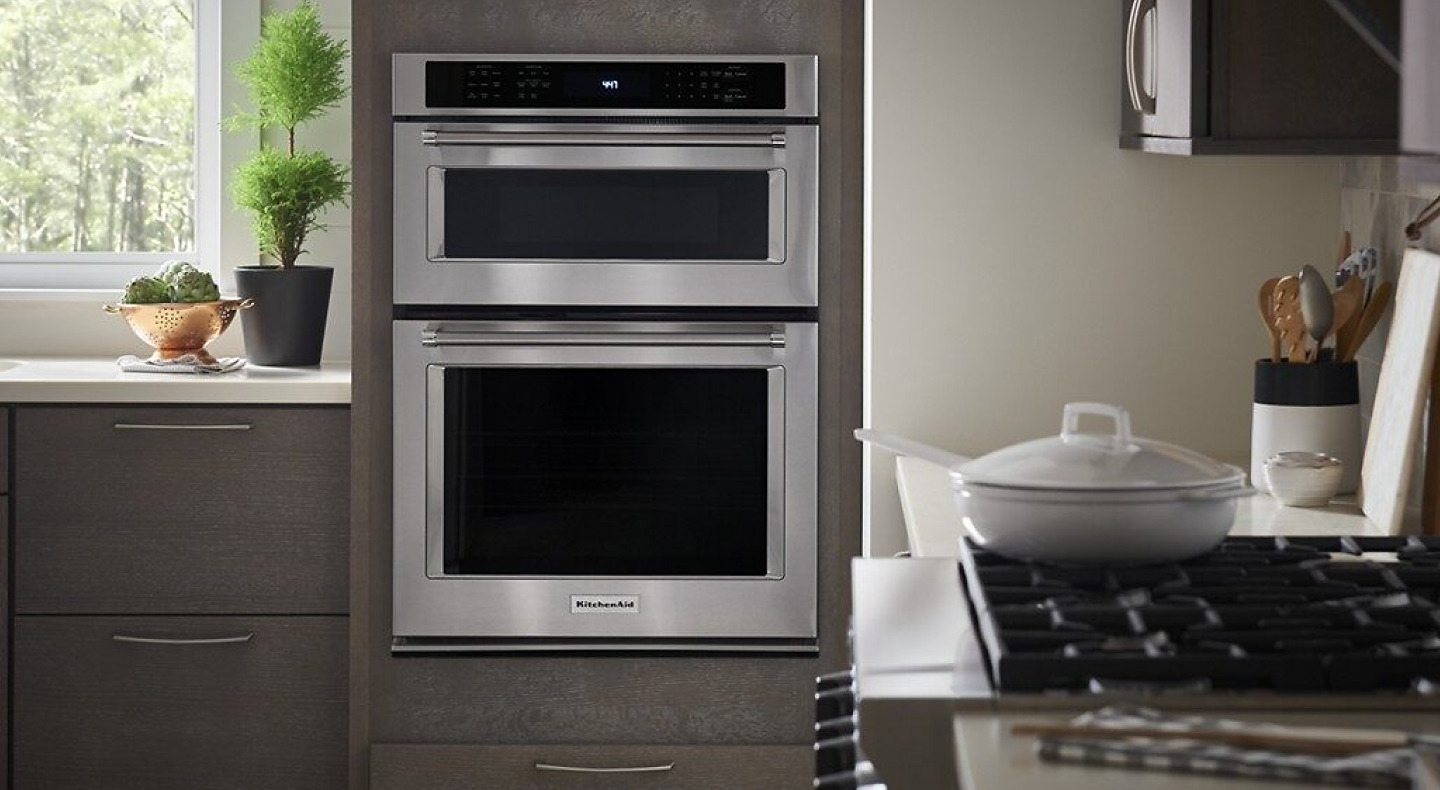
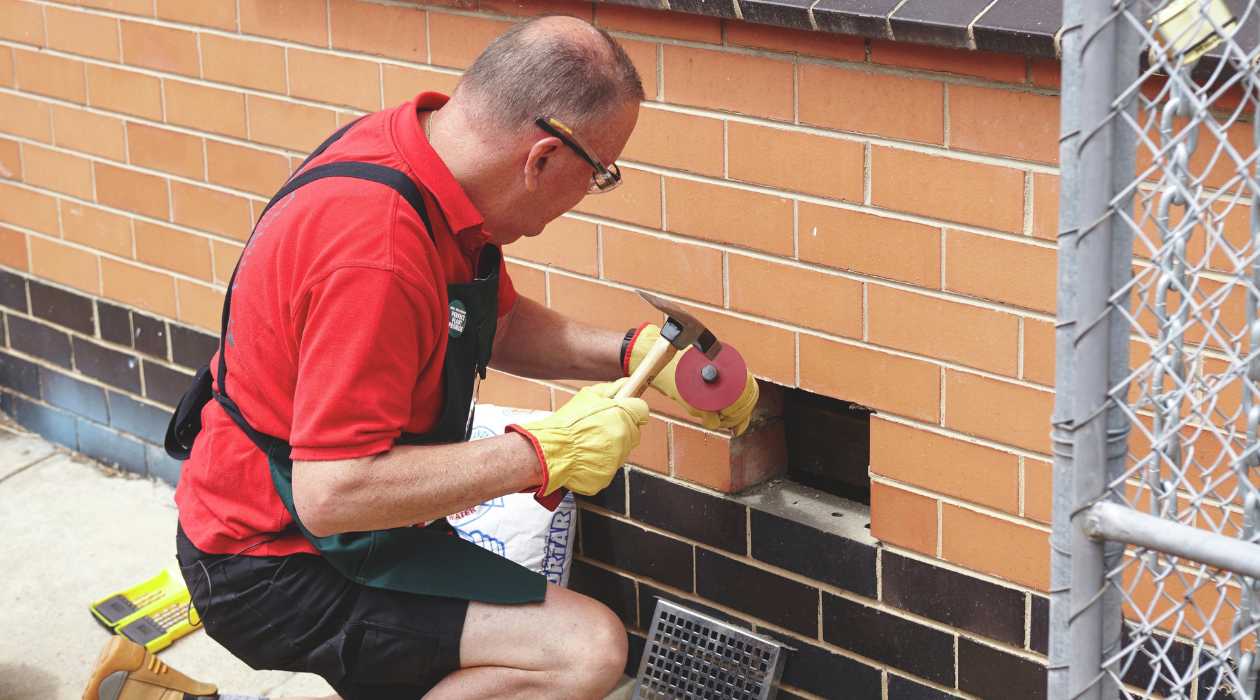
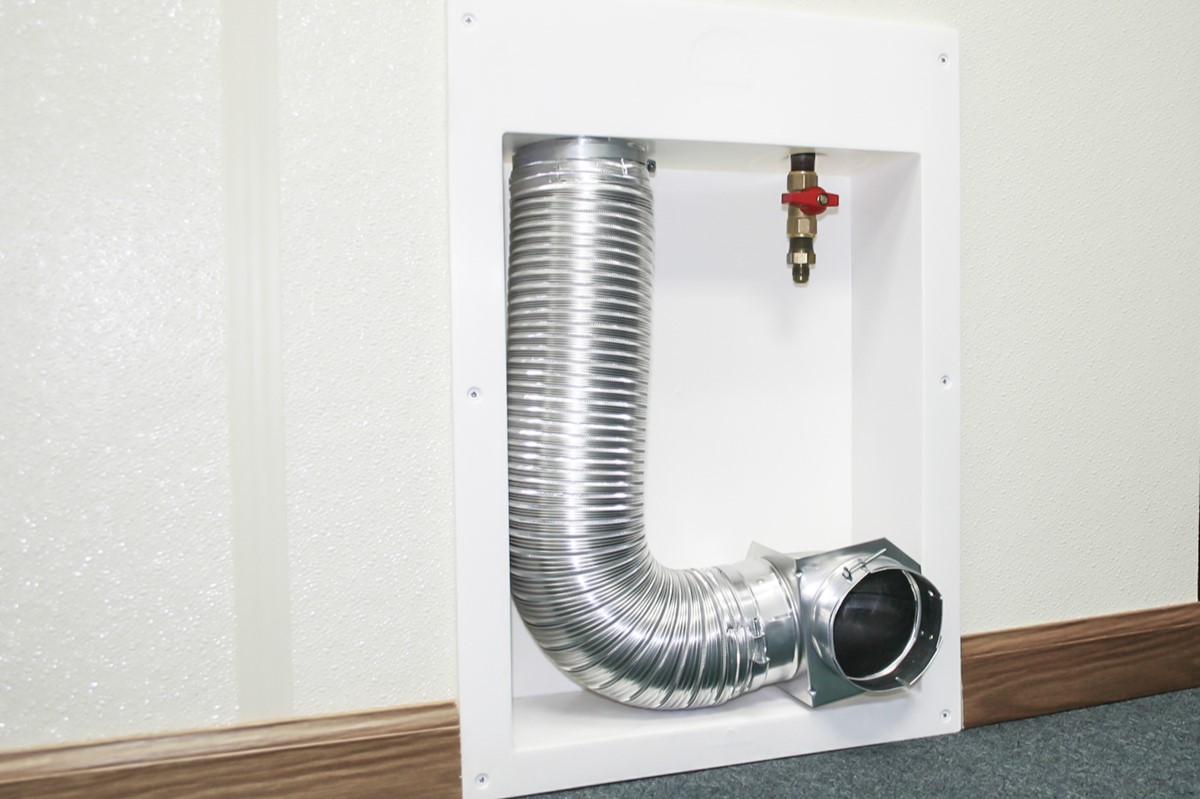
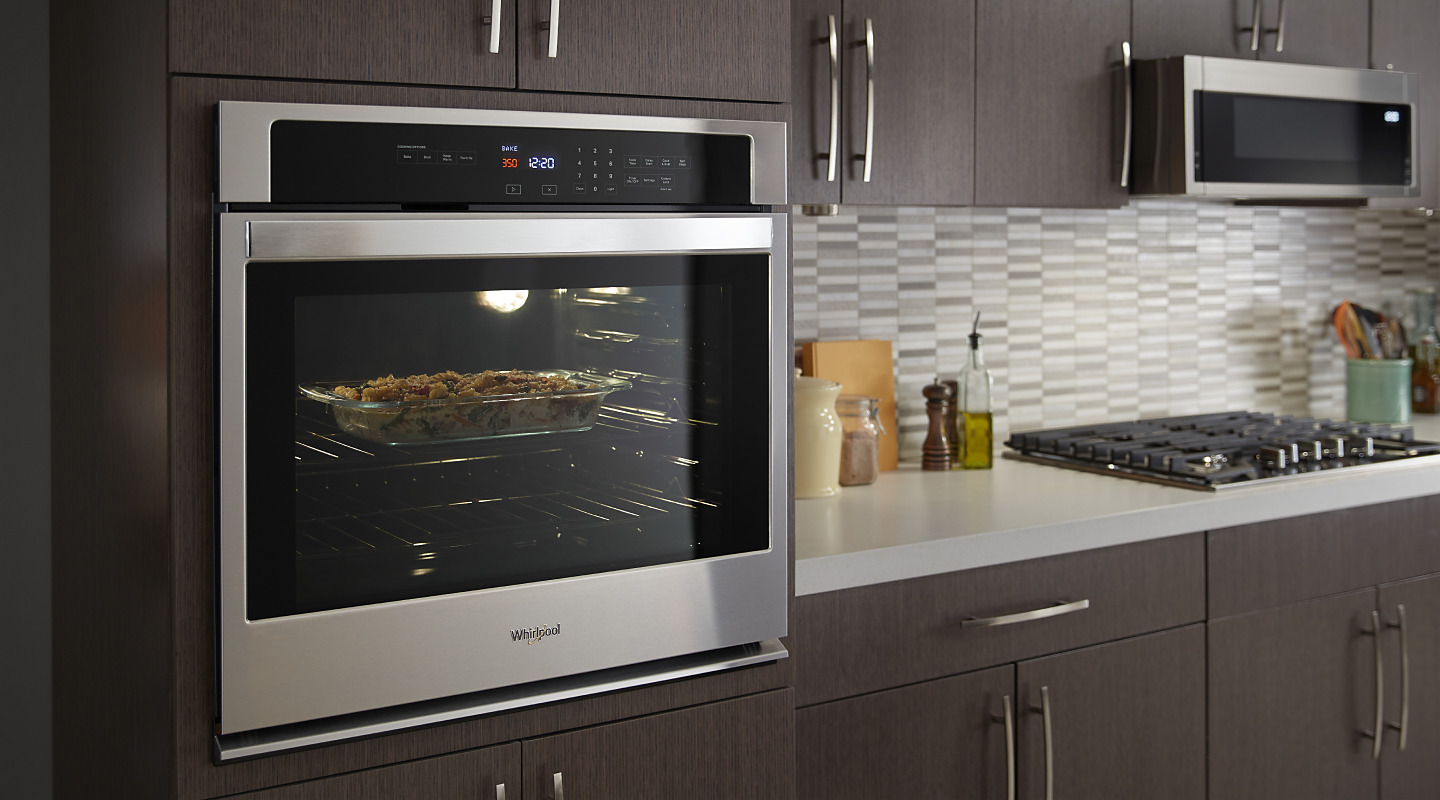
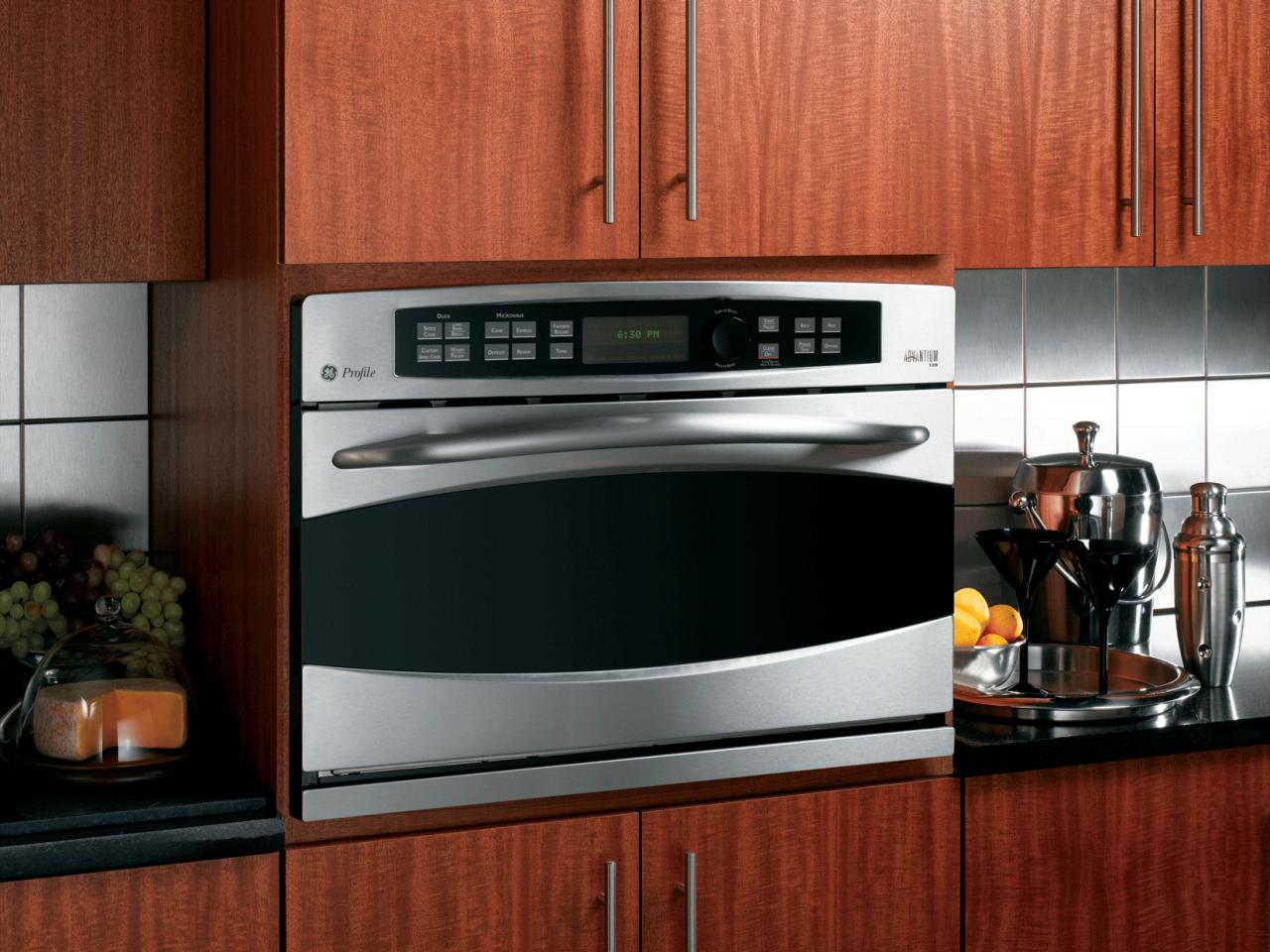
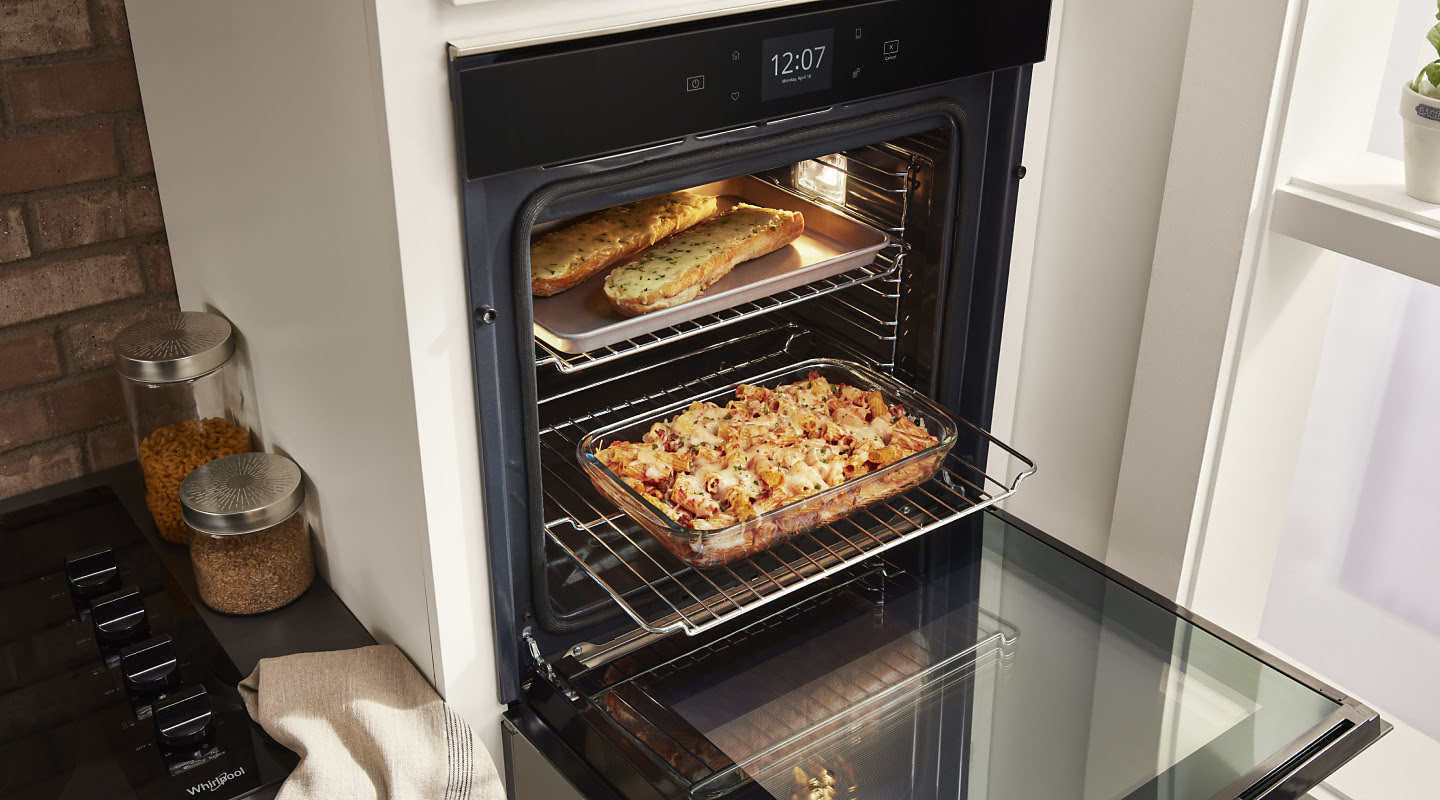
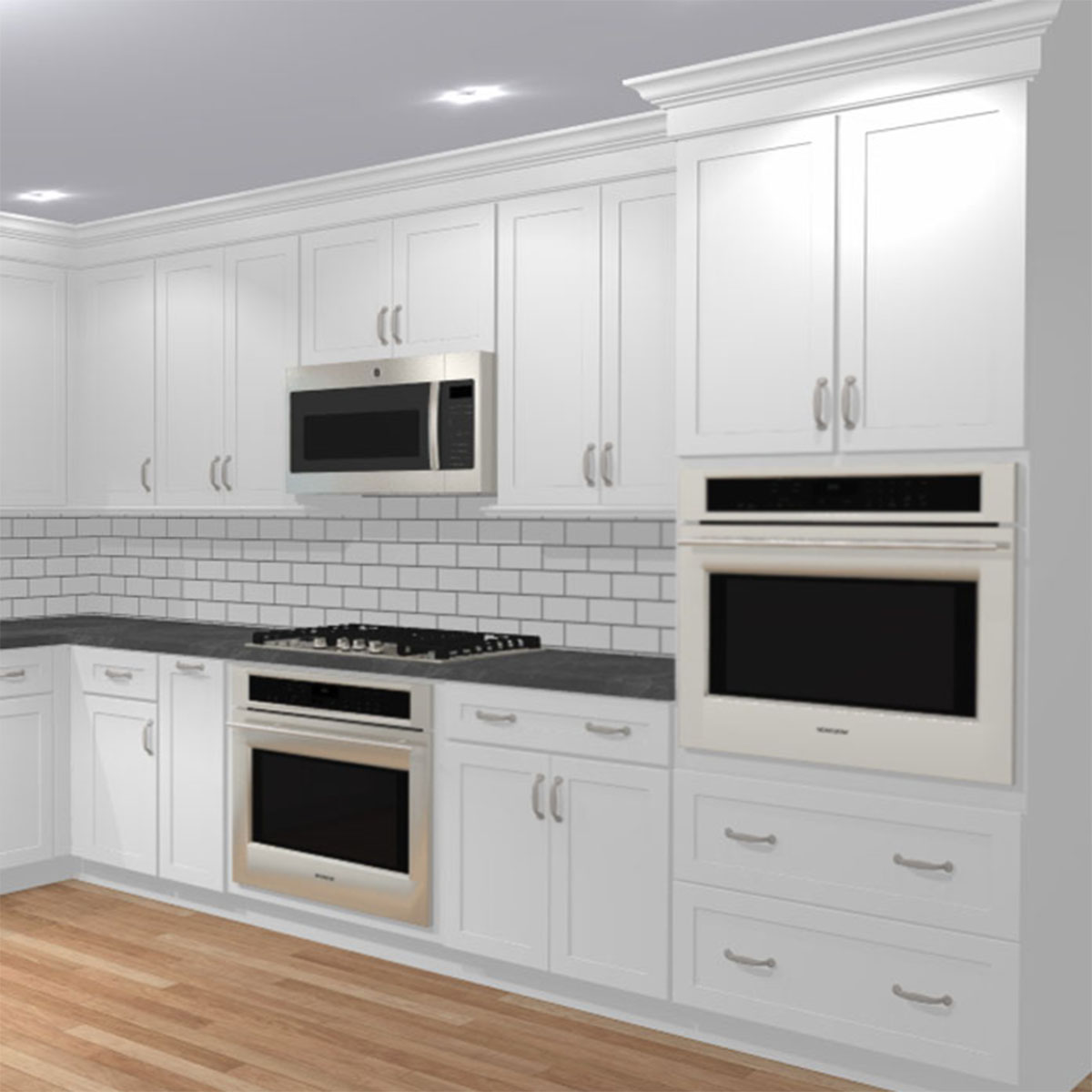
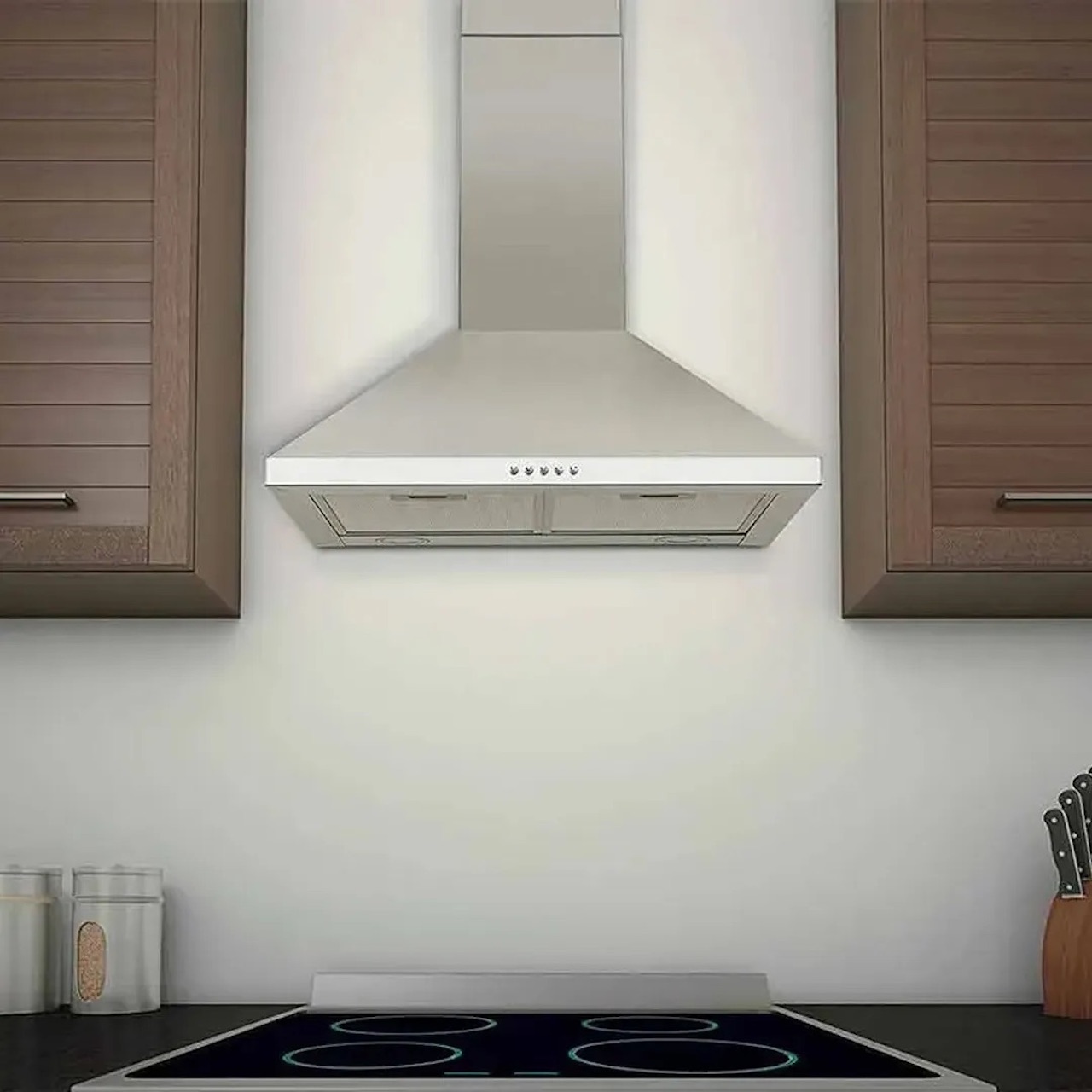
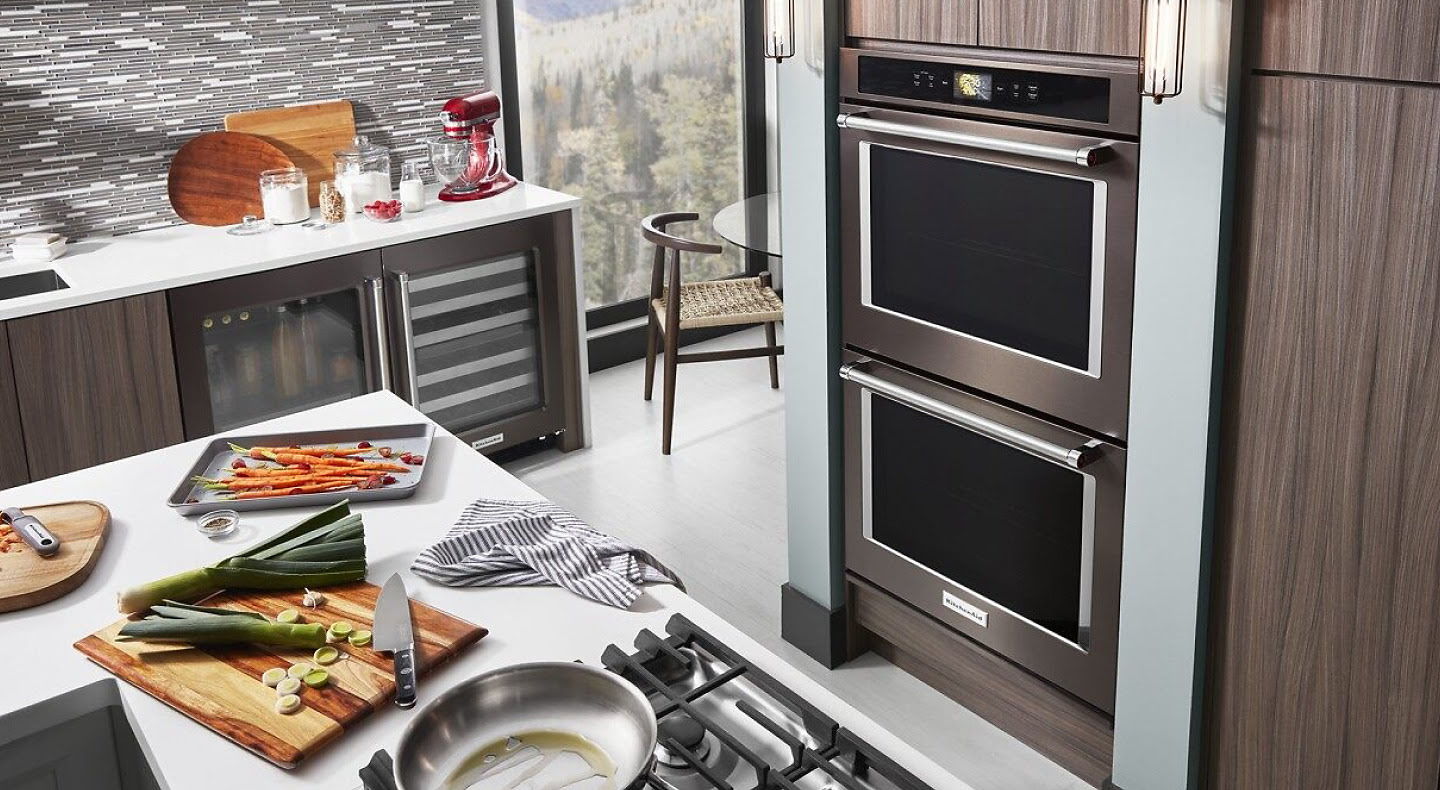
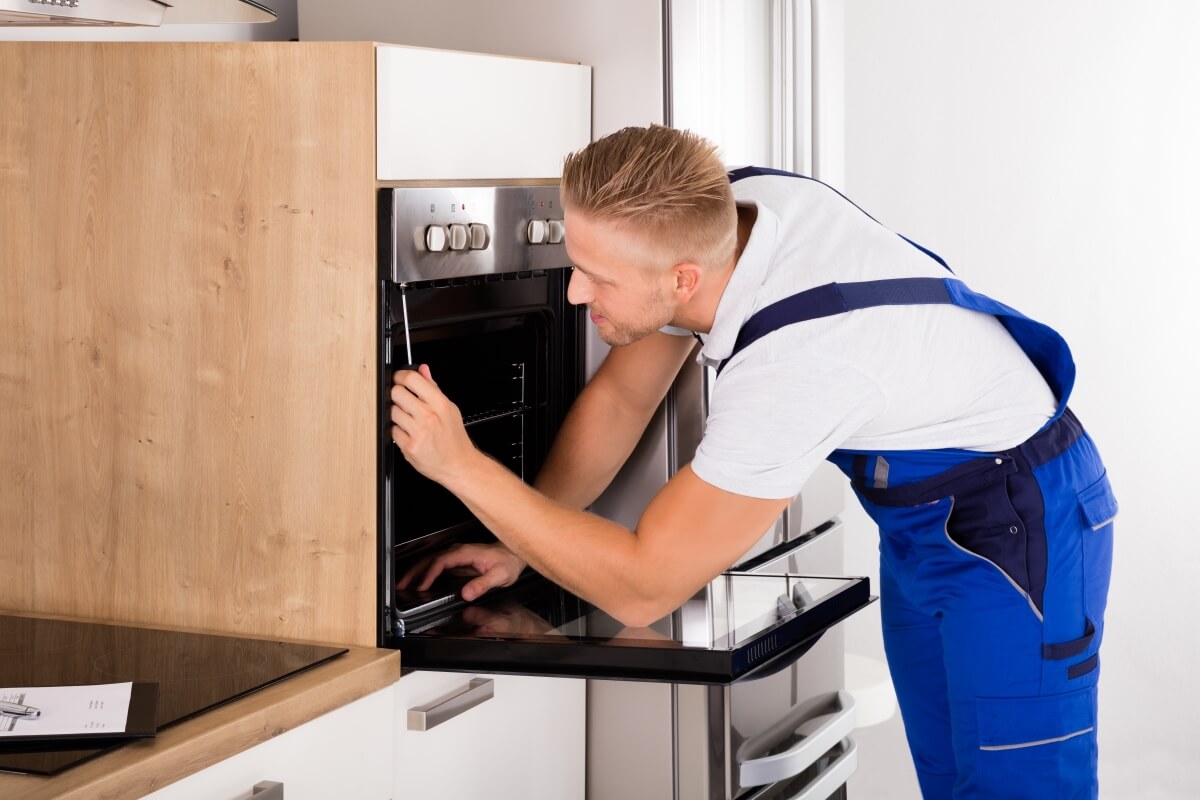
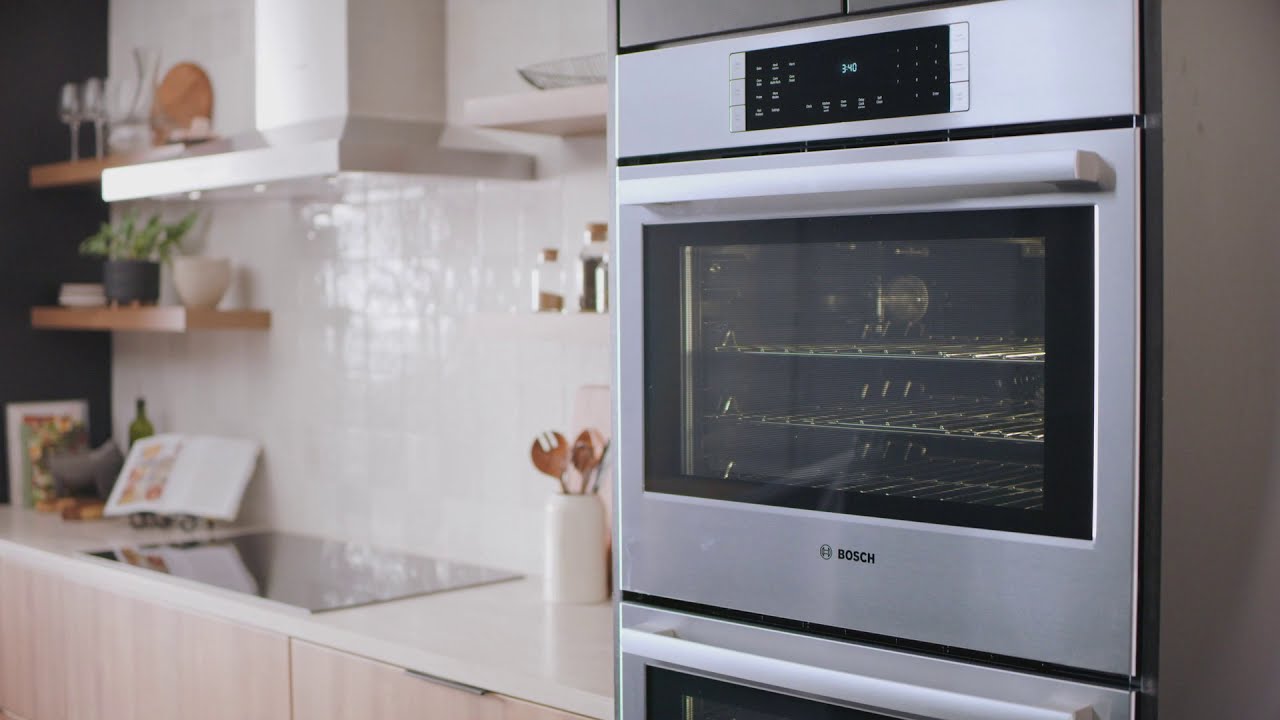
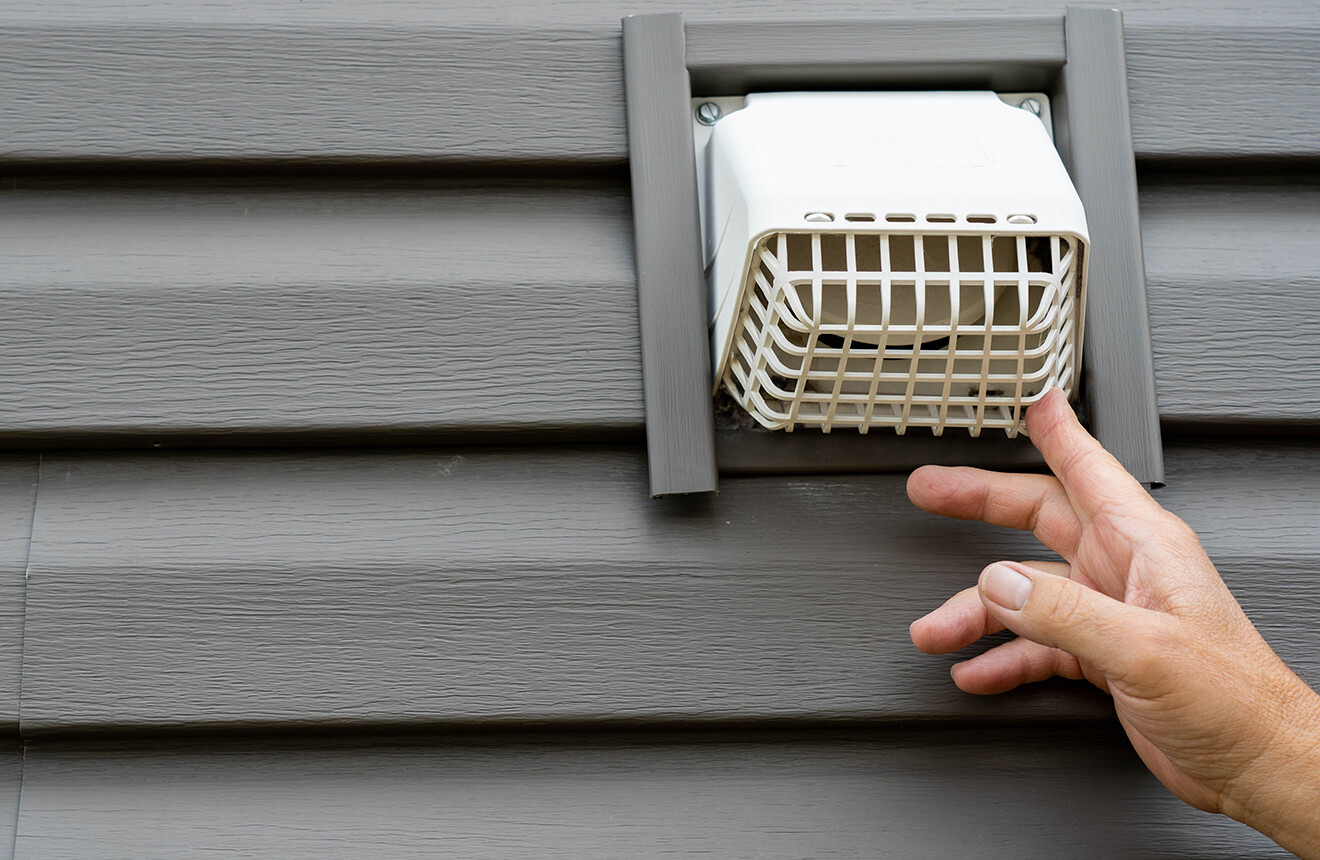
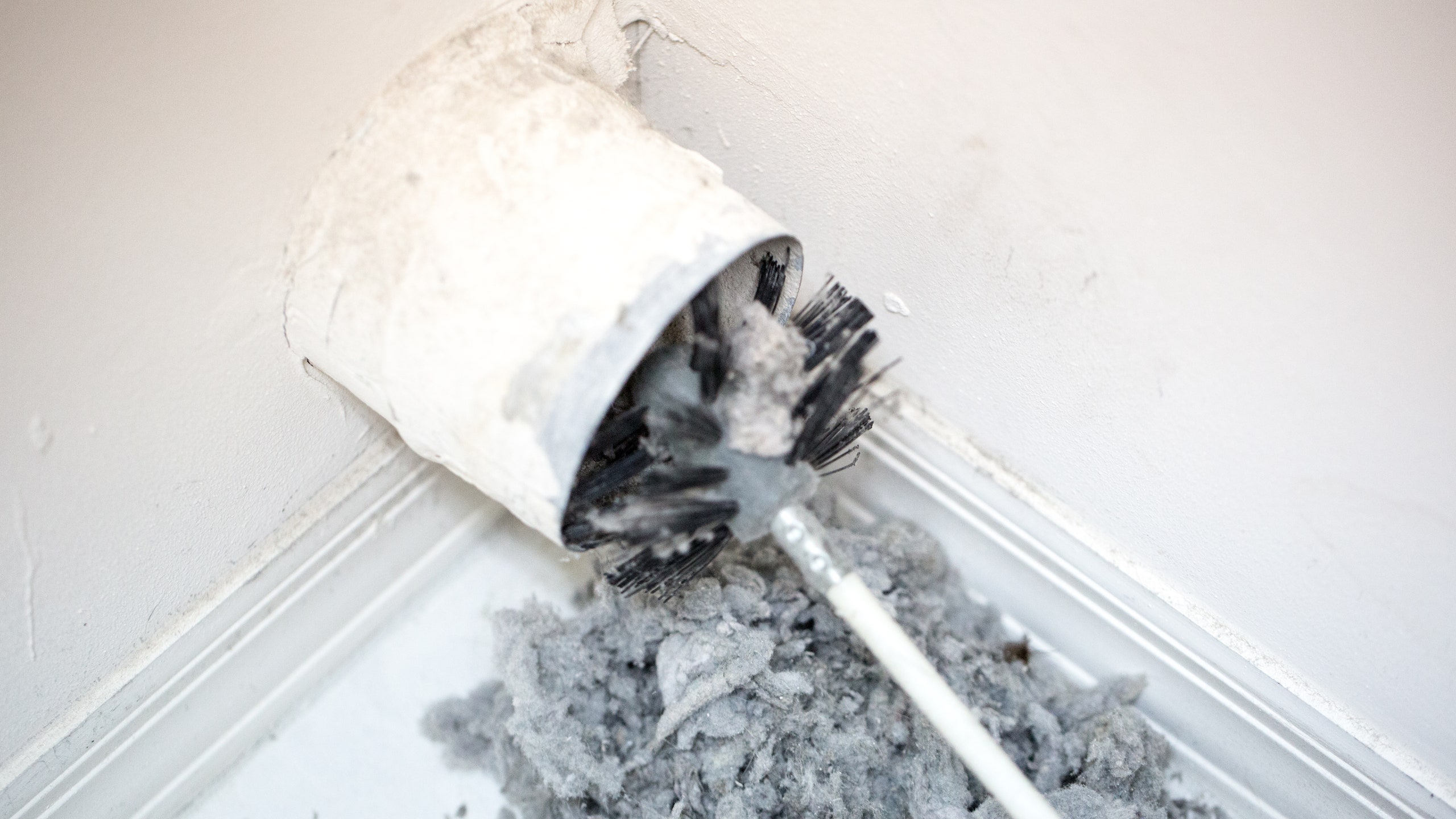
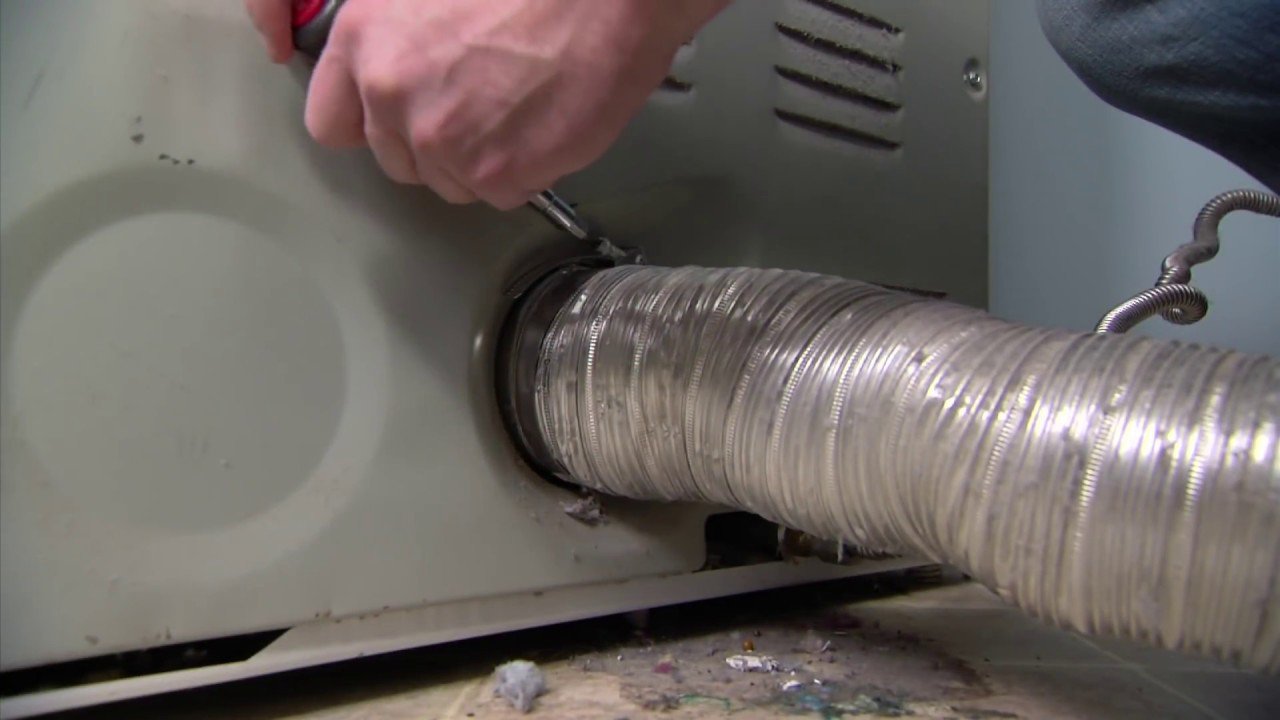

0 thoughts on “How Do Wall Ovens Vent”